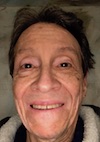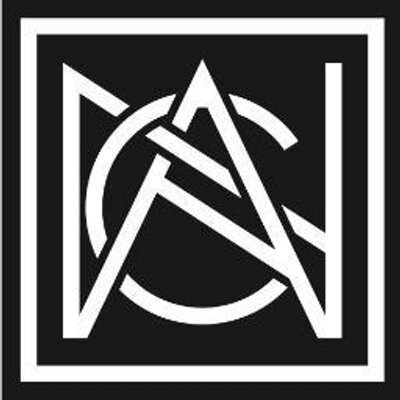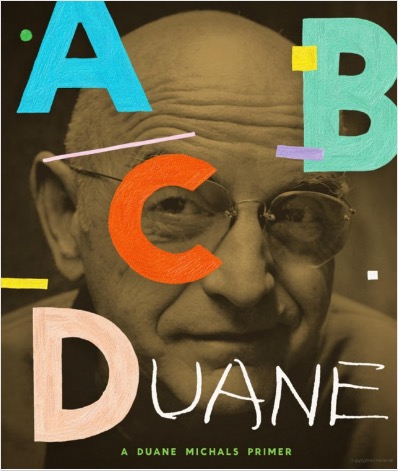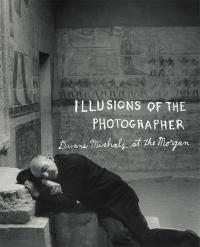 [This is the fourth in a series of decade-by-decade posts of material from my archives. For the third, click here.
[This is the fourth in a series of decade-by-decade posts of material from my archives. For the third, click here.
By 2000 I had left the New York Observer, relinquishing — though not without a fight — the column I had run there from 1988-97 when they demanded ownership of copyright to my articles. The internet, in combination with other factors, had begun to decimate the international network of print publications through which I had self-syndicated my work from 1989 till then. So the second phase of my critical coverage of exhibitions, books, and events in the newly globalized international image community, which had begun with the establishment of the Observer column in mid-1988, came to an end.
That kind of writing didn’t comprise the entirety of my output during that period. I also published scholarly articles and five books (plus an expanded second edition of my first book, Light Readings.) Nonetheless, the evaporation of that distribution system for my work diminished its reach drastically while eliminating much of the income I had derived from it. And while I had begun publishing my writing online at my own multi-subject website, The Nearby Café, as early as 1995, that engagement with the Web generated no significant revenue.
 Nonetheless, I found a variety of print journals and magazines in which to publish on either a one-shot or regular basis. Commissions came in for essays in exhibition catalogs and monographs. I also received requests for public lectures, the texts for which often turned into publishable essays.
Nonetheless, I found a variety of print journals and magazines in which to publish on either a one-shot or regular basis. Commissions came in for essays in exhibition catalogs and monographs. I also received requests for public lectures, the texts for which often turned into publishable essays.
This one, for an event honoring Duane Michals almost 20 years ago, is one of several solicited from me over the years by the venerable National Arts Club in New York City. Founded in 1898, located on Gramercy Park, the NCA can claim Alfred Stieglitz as an early member and the first photographer on its roster. Stieglitz curated and mounted the first exhibition by the Photo-Secession at the NCA in 1902, creating this coalition specifically for that occasion. From time to time since the NCA has mounted photography shows and celebrated the careers of such senior figures as Roy DeCarava, Arnold Newman, and Harold Feinstein.
I prepared this previously unpublished encomium especially for that occasion, on which the NAC awarded Duane its gold medal for photography. — A.D.C.]
•
Duane Michals: National Arts Club October 25, 2000
Throughout the last third of the twentieth century, Duane Michals has run a licensing bureau.
A one-man shop, open to all comers 24/7 and 365 days a year, this remarkable full-service operation offers permission, absolution, and remission of sins both real and imagined. An equal-opportunity enterprise, it provides these useful indulgences to all and sundry, regardless of race, color, creed, ethnicity, national origin, gender, sexual orientation, political affiliation, astrological sign or favorite breakfast cereal. And, generously, he makes these available at little or no cost — mere access to one of his many books and countless exhibitions, or attendance at any of the frequent performance pieces that he cleverly disguises as public lectures.
The broadest and probably most important permission on his menu confirms the right to become and remain, as the novelist Thomas Harris describes one of his characters, “free in his head.” This doesn’t imply freedom to act out all your impulses, as does Harris’s masterful monster Hannibal Lecter. But it certainly does mean freedom to imagine yourself a murderous cannibal, and thus to confront the ravening killer lurking back there in the serpentine, uncivilized corner of the mind. Without that willingness to explore and confront, I think Michals would argue, that bloodlust can control us; identify it, face it, and our rational selves run the show.
Let me note that Michals’s permits serve artists and audiences alike. His work exemplifies a willingness, even an eagerness, to explore the large philosophical questions: life, death, reincarnation, good and bad faith, the human condition, the possibility of God. It also embodies an inquiry into the issues of individual rights within a social construct: racism, homophobia, violence both physical and mental, all these and other attempts to define and control the inevitable otherness of a vast and varied citizenry come up again and again in Michals’s pieces.
Fear, and the overcoming of it, have a central function in Michals’s world. Let’s remember that, as James Baldwin pointed out, what drives the lynch mob is not hate but fear. Michals’s insight and prescription is simple yet effective: If you want to mitigate or eliminate hate, address the fear that underpins it.
So his licenses liberate both photographers and viewers in that regard. He’s also, again by example, manifested the proposition that you can make photographs any way you damn well please: by staging the events you’re going to photograph, double-exposing the film, manipulating the print in the darkroom, sequencing it with other pictures to construct narratives, writing on it, painting on it, appending some godawful doggerel to it — without thinking for a minute that in doing any of these with a photograph, or even all at once, you’d somehow stepped outside the territory of the permissible in photography and the medium’s boundary police were en route to strip you of the name “photographer” and force you to call yourself something else.
This, too, has proven extremely liberating: to photographers, because it encouraged them to think outside the box of constricting definitions of their medium and experiment with new forms; to the audience, because it put an increasingly wild array of exciting new forms before them while, at the same time, keeping them open-minded about the idea of how photographs might appear and function as creative and communicative artifacts.
•
These are great gifts for all to share. I’d like to mention another: Michals’s quiet insistence on calling himself a photographer.
Like Robert Heinecken and several other major figures of his generation, Michals — though reviled by traditionalists, at least initially — specifically positioned himself from the beginning as a photographer. This has obligated all those who truly believe in photography as a serious medium of creative expression to consider his work in its relation to photography’s history and traditions — and, thereby, to open those definitions ever wider.
I think there’s no question that, had he chosen to present himself as a conceptual or “photo-based” artist, Michals (and Heinecken, who persisted on the same course) would find themselves today much better known, and probably far richer, than they are. Not succumbing to those lures when they must have made themselves evident, in the mid-1970s, represents a substantial sacrifice to his medium of choice that I believe merits much more acknowledgment than it’s received. If I can do so unilaterally, I’d like to dedicate my role in this evening’s honoring of him to that unsung act of professional heroism.
•
Finally, on a personal note: It seems that I’m hardwired for heterosexuality, because, to put it bluntly, despite the occasional homosexual fantasy that every honest man will admit to, I’ve never lusted after another person of my own gender. Nonetheless, I’ve gradually become what I call “queer in my head,” by which I mean that I find myself open to whatever life puts on my plate in my romantic and erotic life, with no preconceptions or restrictions.
Which means that, should Mr. Right suddenly walk through the door to rock my world, or anyone else of any gender who loves (and makes love to) me in ways I haven’t previously experienced, I’m readier for that possibility than I’ve ever been — readier than at fifteen, or at thirty-five, or at fifty, with less concern about what others might think of such a shift.  I owe some of that change to myself and my own inner work, of course. But I owe some of it to the civil rights movement. And I owe some of it to the women’s movement. And I owe some of it to the gay liberation movement. And I owe some of it to the work of Duane Michals, specifically, because for thirty years it’s required me — as a public citizen and a public critic — to examine and come to terms with and verbalize and publish and live with my own ideas and beliefs about sexuality (mine and other people’s), as well as a whole raft of matters related to bigotry and difference. The results are all mine, and he’s in no way accountable for them. But some of the challenges were his, though not directed exclusively to me; and they mattered profoundly in my life; and I’ve never thanked him for them, so I do so now: Thank you, Duane — for myself, and, I’m sure, for many others as well.
I owe some of that change to myself and my own inner work, of course. But I owe some of it to the civil rights movement. And I owe some of it to the women’s movement. And I owe some of it to the gay liberation movement. And I owe some of it to the work of Duane Michals, specifically, because for thirty years it’s required me — as a public citizen and a public critic — to examine and come to terms with and verbalize and publish and live with my own ideas and beliefs about sexuality (mine and other people’s), as well as a whole raft of matters related to bigotry and difference. The results are all mine, and he’s in no way accountable for them. But some of the challenges were his, though not directed exclusively to me; and they mattered profoundly in my life; and I’ve never thanked him for them, so I do so now: Thank you, Duane — for myself, and, I’m sure, for many others as well.
•
(This is the complete text of remarks delivered at a dinner honoring Duane Michals as recipient of the 2000 Master Series Award sponsored by the Visual Arts Foundation and presented by the School of Visual Arts at the National Arts Club in New York City on October 25, 2000.)
•
This post supported by a donation from Charles Mintz.
•
Special offer: If you want me to either continue pursuing a particular subject or give you a break and (for one post) write on a topic — my choice — other than the current main story, make a donation of $50 via the PayPal widget below, indicating your preference in a note accompanying your donation. I’ll credit you as that new post’s sponsor, and link to a website of your choosing.







Thanks Allan for the credit on a piece about an artist whom I truly admire. While I don’t care much about credit, I do care about Michals and your comments on his work.
Chuck
I’ve always known you were that way.